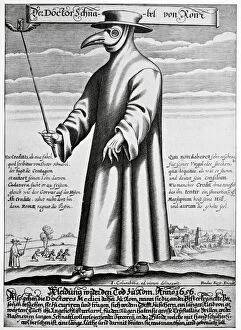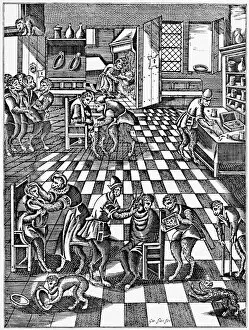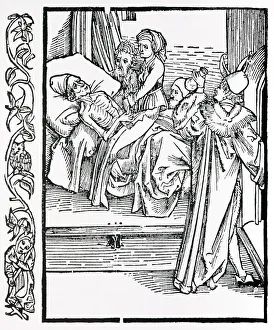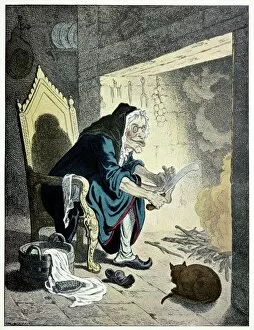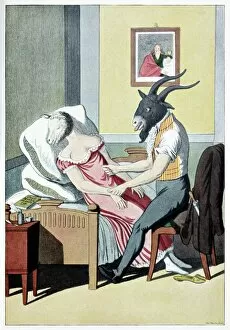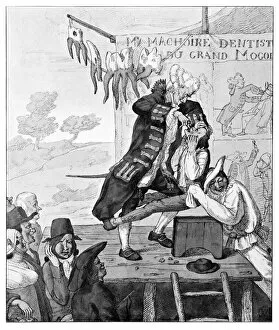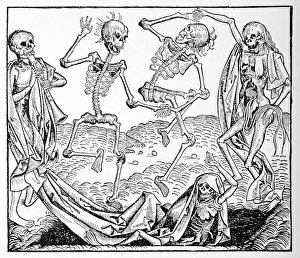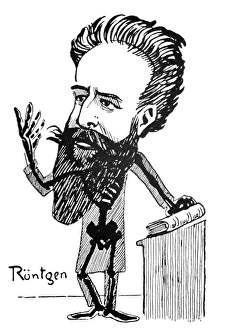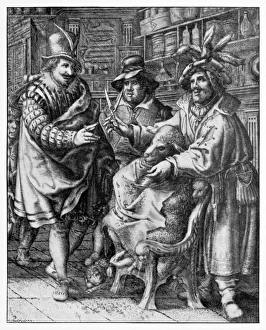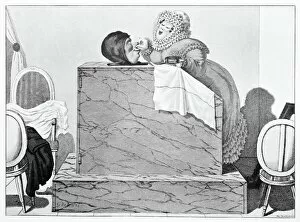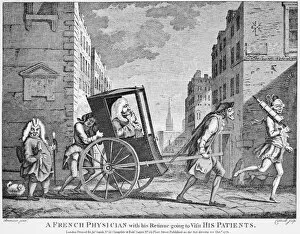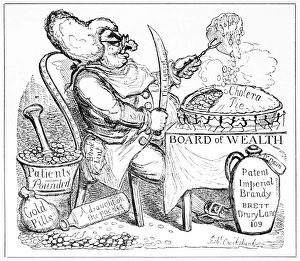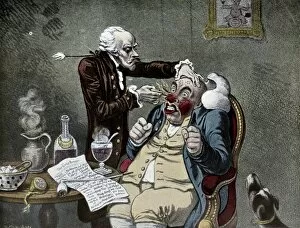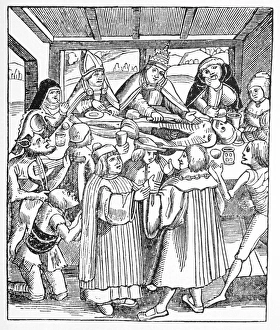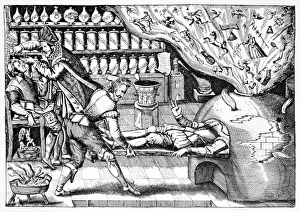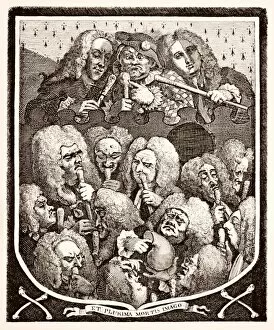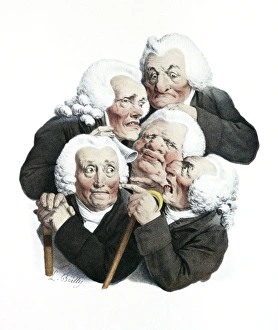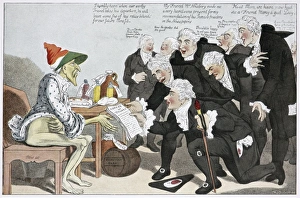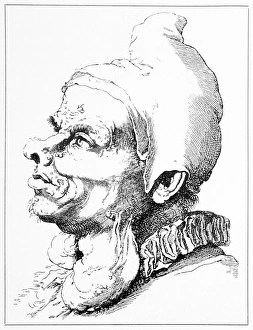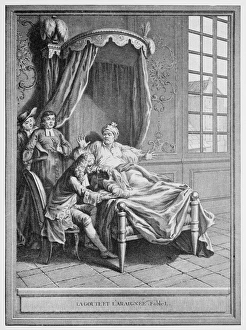Eugen Hollander Collection
"Eugen Hollander: Unveiling the Satirical World of 17th Century Art" Step into a time where art became a mirror reflecting society's quirks and follies
All Professionally Made to Order for Quick Shipping
"Eugen Hollander: Unveiling the Satirical World of 17th Century Art" Step into a time where art became a mirror reflecting society's quirks and follies. Eugen Hollander, an enigmatic artist, masterfully captured the essence of his era through satirical artworks that still resonate today. Intriguingly, one of his most iconic pieces features a plague doctor, with its haunting beaked mask and dark cloak. This eerie depiction transports us to an era plagued by disease and fear, reminding us of the fragility of life. Hollander's razor-sharp wit also shines through in his portrayal of barber-surgeons. Through biting satire, he exposes their questionable practices while simultaneously highlighting their role as both barbers and surgeons – a bizarre combination indeed. Another artwork showcases medical prescriptions as objects worthy of ridicule. With exaggerated proportions and comical elements, Hollander playfully mocks the sometimes absurd concoctions prescribed during this period. Treating foot corns may not seem like comedic material at first glance; however, under Hollander's brushstrokes, it transforms into a hilarious scene filled with exaggerated expressions and slapstick humor that tickles our funny bone. Animal magnetism takes center stage in another satirical masterpiece by Hollander. Here we witness animals being used for dubious healing purposes – an amusing commentary on the peculiar beliefs surrounding alternative medicine during this time. Dentistry becomes fodder for laughter in yet another artwork by Hollander. He captures the discomfort associated with dental procedures while cleverly exposing quackery within dentistry itself – proving that even toothaches can have humorous undertones. The Dance of Death emerges as an allegorical representation in one captivating piece. Symbolizing mortality's inevitability through skeletal figures dancing hand-in-hand with humans from all walks of life - rich or poor - reminding us that death is impartial to social status. Roentgen's discovery finds itself caricatured by Hollander, showcasing the early days of X-rays.

